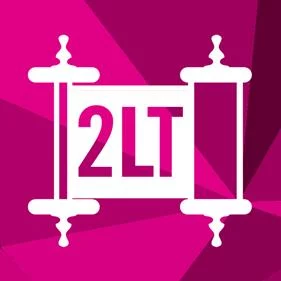Two-Line Torah Vayikra 5778

This week’s parsha is the opening of the book of Vayikra (Leviticus), the third book of the Torah. The parsha immediately opens with detailed instructions about the sacrificial system: what kinds of animals and grain items are appropriate for sacrifice, along with specific details about how these sacrifices are to be offered. Again and again, the common thread is that all of the sacrifices are to be pure (animals) and of the finest ingredients (flour and grain offerings). What does it mean that the offering should be “pure”? Our current expressions of Judaism rely on prayer as a means of drawing closer to the Holy One, as opposed to the sacrificial system described here. So how do we understand the concepts of purity and high quality with regard to the offerings of our hearts in prayer?
Across our campuses, many of us who focus on helping Jewish students create meaning in their lives struggle with how to represent the relevancy of prayer. As arcane as the sacrificial system seems to modern sensibilities, even the traditional format of Jewish prayer has faded in resonance to many of our students. But perhaps this question of the quality of what we offer can actually provide an answer. If the Holy One asks for us to give the best of what we have in an effort to draw close, maybe by encouraging our students to do the same in a way that is relevant for them, we can achieve the same goal. Maybe our best is expressed in what we give to the community, or in what we give to each other. Maybe the giving in itself will bring out the best in us.
Danielle Kranjec, Senior Jewish Educator, Hillel JUC of Pittsburgh